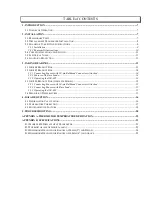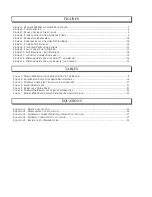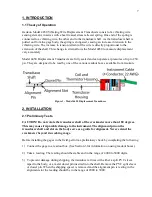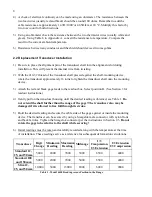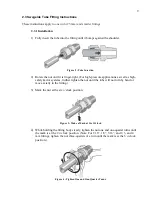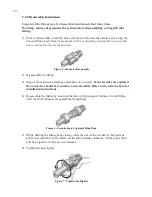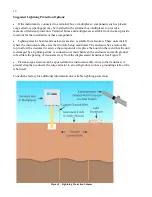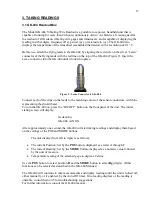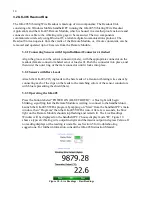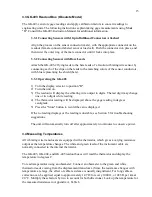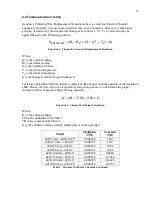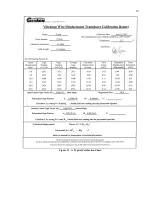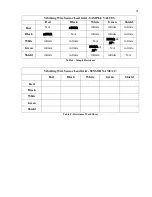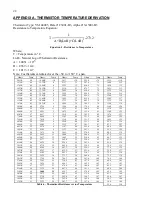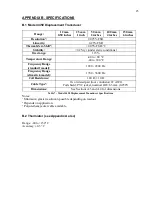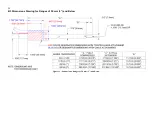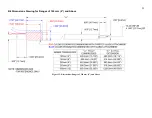
18
Consider the following example, which uses the calibration factor from Figure 11, a sample
calibration sheet for Model 4450-25 mm. As can be seen from the obtained correction,
corrections for temperature change are small and can often be ignored.
R
0
= 4250 digits
R
1
= 5875 digits
T
0
= 10° C
T
1
= 20° C
G = 0.006152 mm/digit
K = ((5875
×
0.000369) + 0.572)
×
0.006152 = 0.0168.
Dcorrected = ((R
1
- R
0
)
×
G) + ((T
1
- T
0
)
×
K)
Dcorrected = ((5875 - 4250)
×
0.006152) + ((20 - 10)
×
0.0168)
Dcorrected = 9.997 + .168
Dcorrected = +10.165 mm
4.3 Environmental Factors
Since the purpose of the displacement transducer installation is to monitor site conditions, factors
that may affect these conditions should always be observed and recorded. Seemingly minor
effects may have a real influence on the behavior of the structure being monitored, and may give
an early indication of potential problems. Some of these factors include, but are not limited to:
blasting, rainfall, tidal levels, traffic, temperature and barometric changes, weather conditions,
changes in personnel, nearby construction activities, excavation and fill level sequences, seasonal
changes, etc.


